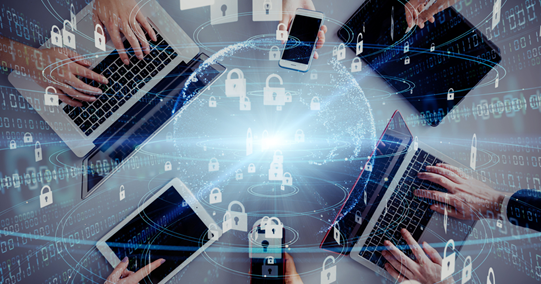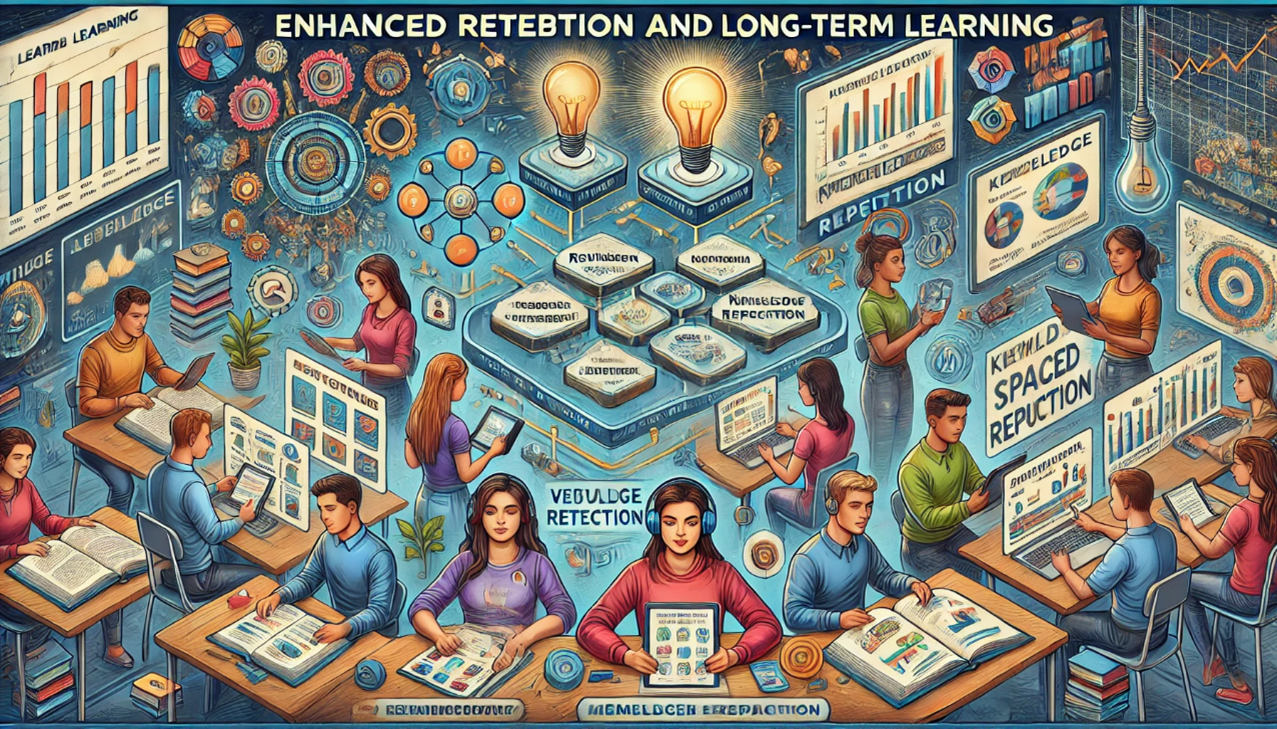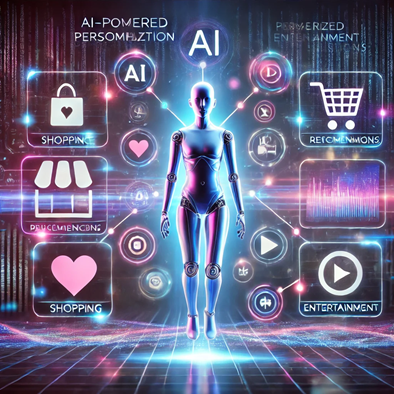How IoT and smart tech are transforming the fan experience and stadium management

How IoT and smart tech are transforming the fan experience and stadium management
by Nathaniel 03:04pm Jan 24, 2025
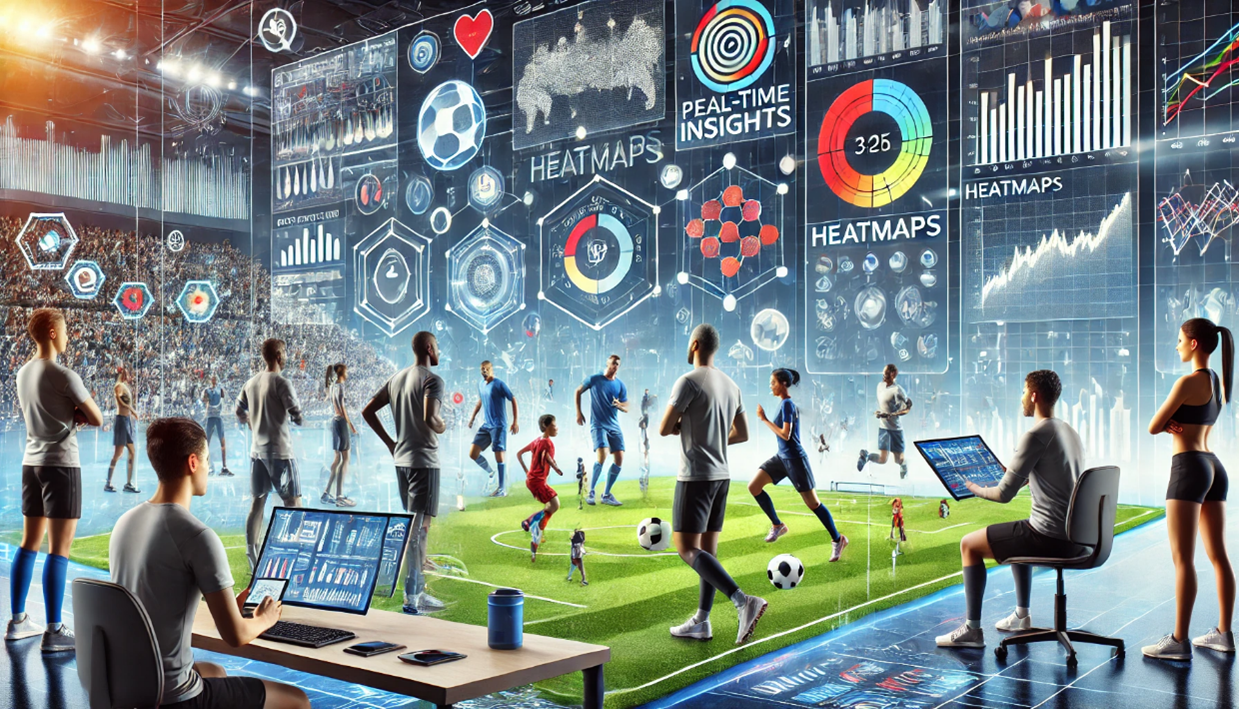
How IoT and smart tech are transforming the fan experience and stadium management 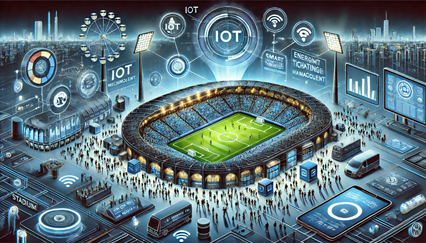
Certainly! Let’s dive deeper into how IoT (Internet of Things) and smart technologies are transforming both the fan experience and stadium management, highlighting specific technologies and their impacts:
1. Fan Experience Transformation
A. Smart Ticketing and Access Control
Digital Tickets & Contactless Entry: IoT-enabled smart tickets allow fans to use their smartphones for ticketless entry, often using QR codes or Bluetooth for authentication. Fans can easily access their tickets via mobile apps or wearables, which also help reduce physical ticket fraud. These systems offer quicker, more efficient entry and exit, reducing lines at gates, and improving security.
Personalized Alerts and Notifications: With location-based IoT services, stadiums can send tailored messages to fans via their smartphones. For instance, fans sitting in a particular section may receive personalized updates about the game or event, special offers for nearby food stands, or reminders about upcoming events. This leads to a more connected and immersive experience.
B. Enhanced In-Stadium Connectivity
Wi-Fi and 5G Networks:Advanced Wi-Fi systems and 5G networks enable high-speed internet for thousands of fans, allowing them to share live content (photos, videos,posts) in real time. With IoT, every corner of the stadium is connected,offering seamless browsing, streaming, or app usage, which is critical for engaging the crowd during breaks or for virtual experiences.
Augmented Reality (AR) and Virtual Reality (VR): IoT facilitates AR and VR integrations that allow fans to enhance their stadium experience. For example, AR can provide real-time stats overlaid onto live action when fans use their smartphones or AR glasses, or allow them to view immersive 360-degree replays. IoT sensors within the stadium can also trigger virtual experiences like instant game highlights, player stats, or even venue history as fans explore different areas.
C. Smart Wearables and Interactive Devices
Wearables for Fans:Smartwatches and wristbands (often connected to IoT devices) provide fans with interactive features like tracking live game statistics, ordering food, or getting directions to their seats. These wearables can monitor fan preferences and optimize their experience by delivering tailored content like food discounts or special offers during the game.
Fan Engagement through IoT: Stadiums can use data collected from wearables to engage with fans. For example, sensors embedded in seats could track how long a fan stays in the seat or when they leave for a break. Based on this data, stadiums can send personalized push notifications (like suggesting food or a nearby restroom) to enhance the experience.
D. Real-Time Data and Dynamic Pricing
Real-Time Seat Upgrades and Offers: IoT can enable dynamic pricing, where ticket prices fluctuate based on real-time demand or supply. For example, as more fans arrive at a game, prices for certain sections might increase or decrease based on availability. Fans can also receive in-the-moment upgrades for seating, giving them flexibility and enhancing their overall experience.
Dynamic Concessions and Merchandise Pricing: Sensors in vending machines and concessions allow stadiums to adjust prices depending on real-time demand. For example, if a specific snack is running low, the price could temporarily increase, or staff could be notified to replenish the stock.
2. Stadium Management Transformation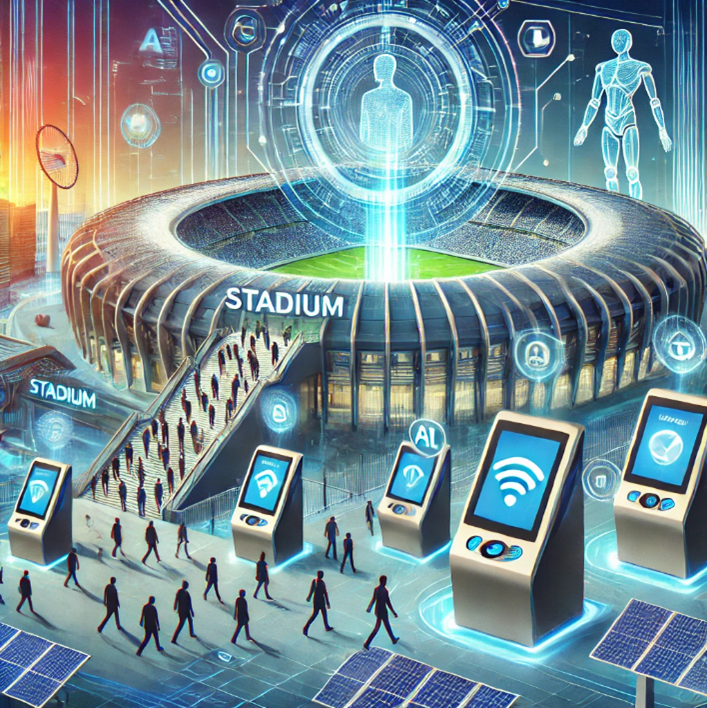
A. Predictive Maintenance and Infrastructure Monitoring
IoT Sensors for Equipment Monitoring: Sensors can be installed throughout the stadium to monitor the health of critical infrastructure (HVAC, plumbing, lighting,etc.). For example, temperature sensors might detect air conditioning failures, and motion sensors can identify malfunctioning lighting. By collecting data, predictive analytics can forecast when a piece of equipment will need maintenance, reducing downtime and costly repairs.
Real-Time Issue Detection: IoT-powered cameras and sensors provide real-time surveillance of stadium facilities. These sensors alert management teams about issues like overcrowded areas, broken seats, or malfunctioning amenities, allowing them to address concerns immediately, ensuring the stadium remains in top condition.
B. Energy Management and Sustainability
Smart Lighting and HVAC Systems: IoT technology enables smart energy systems that monitor energy consumption and optimize usage. For example, smart lighting adjusts automatically based on time of day or crowd size, dimming when there are fewer people in certain areas. HVAC systems are programmed to regulate temperature and ventilation according to the crowd density, avoiding wastage and improving energy efficiency.
Environmental Sustainability: IoT allows for better management of water, electricity, and waste. Smart irrigation systems, for instance, can detect weather conditions and adjust watering schedules for the stadium's grounds. IoT can also track waste disposal, ensuring the stadium meets sustainability goals by optimizing recycling and reducing unnecessary waste.
C. Enhanced Security and Crowd Management
Crowd Density Monitoring: IoT-connected sensors, cameras, and drones can monitor crowd movements and density in real-time. If a certain area becomes overly crowded, the system can alert security to redirect foot traffic or open alternative routes, preventing accidents and improving safety.
Facial Recognition and Biometric Authentication: Facial recognition systems integrated with IoT devices allow for enhanced security by verifying attendees’ identities at entrances. Not only does this reduce the potential for counterfeit tickets, but it also helps stadiums identify troublemakers and improve overall safety.
Automated Emergency Alerts: IoT sensors can detect hazards such as smoke, unusual temperature changes, or gas leaks and send automated alerts to staff, enabling them to respond promptly in emergencies. Additionally, crowd surveillance can detect signs of violence or disturbances and alert authorities faster than traditional methods.
D. Smart Parking and Traffic Management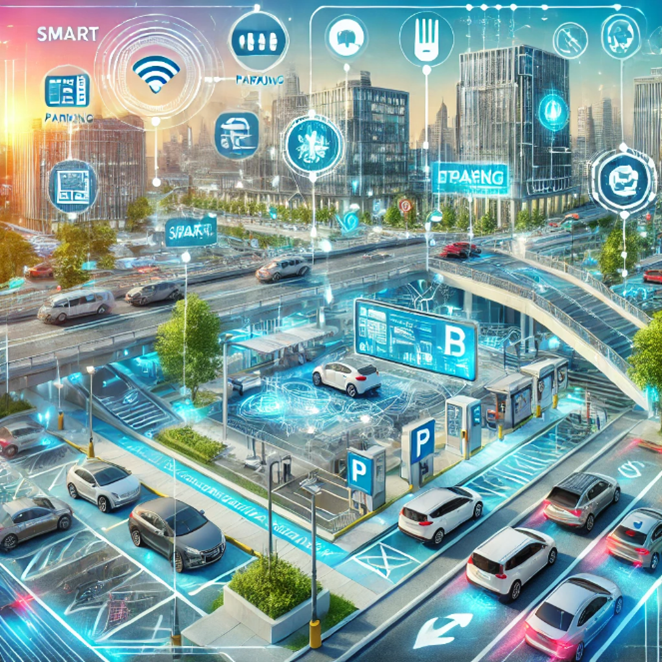
Smart Parking Systems:IoT-enabled parking apps help fans find available spaces quickly by providing real-time data on parking availability. This reduces the time spent looking for a parking spot and streamlines traffic flow before and after events.
Dynamic Pricing for Parking: Parking prices can vary based on demand, with IoT sensors tracking traffic patterns around the stadium. Prices may increase as the event time approaches or if parking lots begin to fill up,maximizing revenue while also providing incentives for early arrivals.
E. Inventory and Vendor Management
Smart Concessions:IoT-enabled vending machines can detect stock levels and automatically order refills before items run out, ensuring that food and drink options are always available. Similarly, IoT technology can track customer preferences and sales trends, helping vendors tailor their offerings and manage inventory more efficiently.
Real-Time Supply Chain Optimization: By tracking products and food items in real-time, stadium operators can optimize supply chains, avoiding shortages during peak times, and reduce waste through better inventory management. IoT systems can also help track merchandise sales and restock popular items on demand.
3. Data-Driven Insights and Analytics
Fan Behavior Analytics: With data gathered from various IoT devices (like mobile apps, smart seats, and wearables), stadiums can analyze fan behavior in-depth. For example, they can learn where fans spend the most time, what food items they purchase most, and what content they engage with. These insights help improve the overall design of stadiums, customize marketing efforts, and improve fan services.
Real-Time Analytics:Data from IoT devices in stadiums can be aggregated and analyzed in real-time, helping operators make informed decisions during events. For example, if a particular area of the stadium is becoming too crowded or if fans are showing interest in a particular food item, the stadium management system can alert staff and make instant adjustments, such as opening additional food stands or rerouting crowds.
Conclusion
IoT and smart technologies are revolutionizing both the fan experience and stadium management. From seamless access control and personalized engagement to real-time data collection and efficient resource management, these technologies allow stadiums to create more immersive, secure, and efficient environments. As technology continues to evolve, the integration of IoT will only grow, leading to smarter, more engaging, and highly efficient stadiums of the future.



